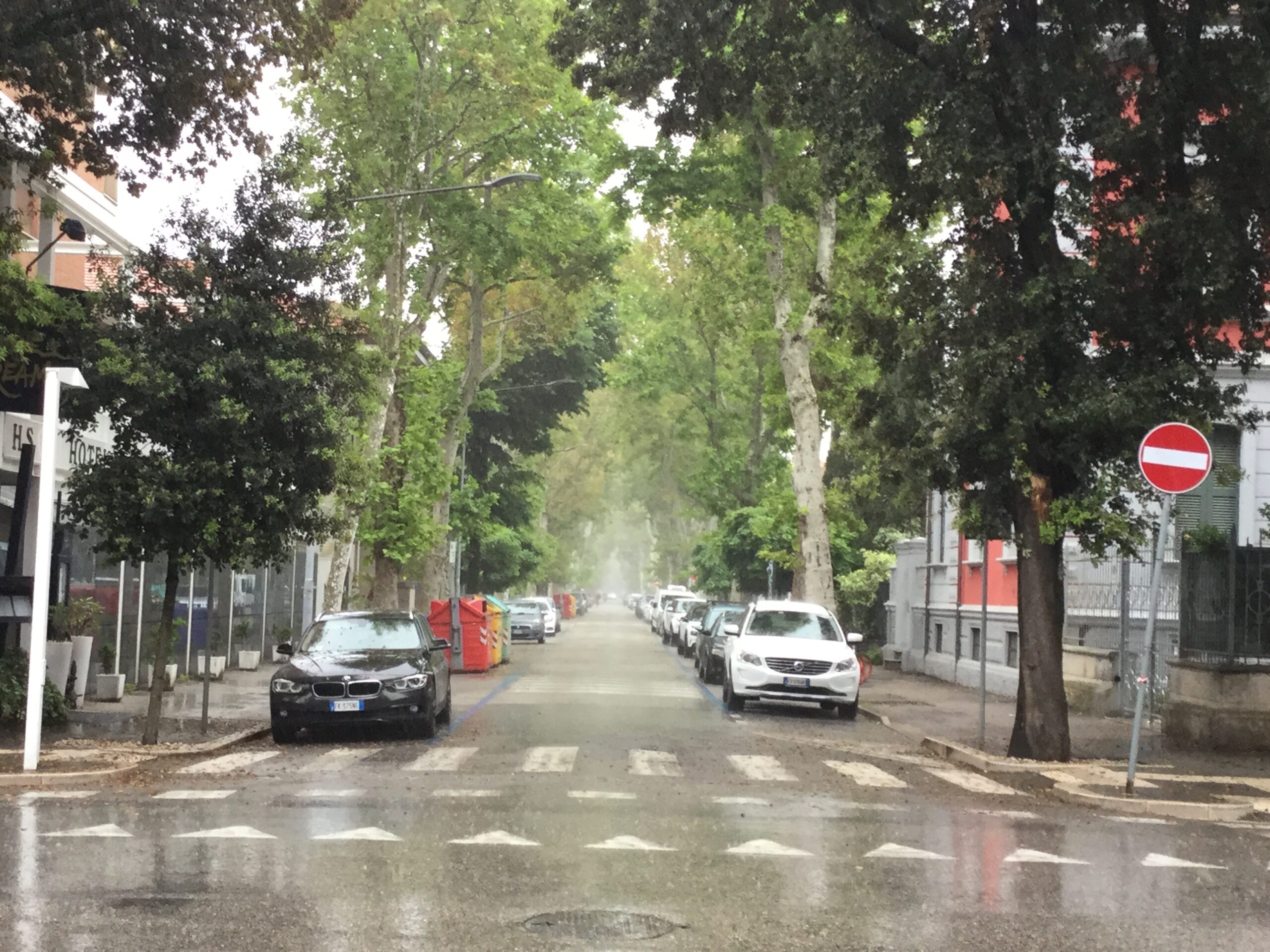The five days of celebrations for the marriage of Costanzo Sforza and Camilla d’Aragona began on May 26, 1475 with the entry of the bride into the city of Pesaro from Fano along the 6-mile, tree-lined avenue Costanzo had ordered built for the occasion. Celebrations began in earnest the following morning, Sunday May 27, with a brief marriage ceremony in the main hall of the Palazzo Ducale and an hour long Latin oration by Pandolfo Collenuccio. In the nearby Cathedral, the nuptial mass took place.
The details of the ceremony are recorded in both an early print text (British Library, I.A.31753 Sforza, Costantio Signore di Pesaro, 1475) and an illuminated presentation manuscript (MS Vat. Urb. Lat. 899).
The couple returned to the Great Hall of the palace at which point the 7-hour, 6-course banquet began. Surrounded by temporary decorations and music, the couple and their hundred-plus guests enjoyed ballets choreographed by Gugliemo Ebreo, received presents, and gifted sugar sculptures to the attendees.
The chronicler not only notes aspects of the spectacle in detail, but also describes each food course, its mode of presentation, and the ancient god with which it was associated. One course, dedicated to Bacchus, understood as bringing “jollity” to the celebrations, included sweet wines, gilded cloves, and a “triumphal chariot made wholly of gilded sugar, upon which sat a figure of Justice holding a sword and scale.” (Quoted in Bridgeman, 90.)
The final day of the celebrations set aside for a joust in the main square, was postponed by rain and wind. Once the weather passed, the beginning of the joust was announced by the arrival of a float referencing the Triumph of Fame. The day concluded with a fireworks display in the main square.
This marriage helped secure Costanzo’s career by way of his strategic alliance with the King of Ferrante in Naples. Costanzo’s premature death left Camilla to rule until their son, Giovanni, came of age in 1489. Camilla’s piety is evident in her commission of intarsia choir stalls in Sant’Agostino. This commission also commemorates her husband’s rule.
References: Jane Bridgeman. A Renaissance Wedding. London: Harvey Miller Publications, 2013; Mary Hollingsworth, “Art Patronage in Renaissance Urbino, Pesaro, and Rimini, c.1400-1539.” The Court Cities of Northern Italy. Edited by Charles M. Rosenberg. Cambridge: Cambridge University Press, 2010: 346-350.
Image credits (Jennifer D. Webb)
Palazzo Ducale, Pesaro
View of Road from Fano to Pesaro
Cathedral, Pesaro
View of Piazza del Popolo, Pesaro
Further reading: Guglielmo Ebreo. La danza nel Quattrocento. Milan, ABEeditore, 2017; Campbell, Caroline. Love and Marriage in Renaissance Florence. London: The Courtauld Gallery, 2009.




